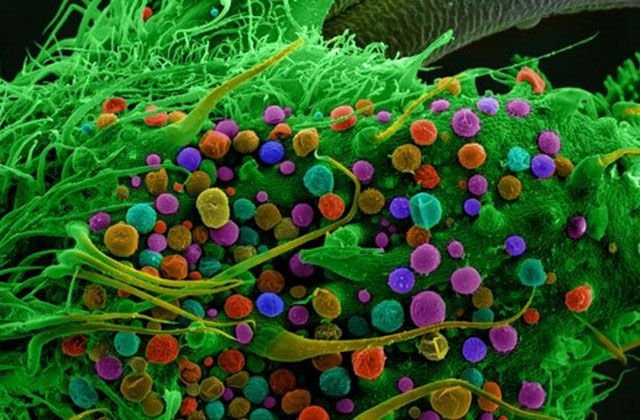
The more we learn about how cannabis affects us, the more we have to readjust our understandings about what it is that actually causes marijuana's intoxicating effects. We all know that THC, the primary cannabinoid in marijuana, is responsible for the incredible sensations we feel when we consume. But is it really? Marijuana has a complex chemistry. The effects you feel are actually the result of hundreds of cannabinoids working in symphony with not only each other, but a variety of compounds known as terpenes.
According to Wikipedia, terpenes are, “organic hydrocarbons consisting of multiples of isoprene units.” Doesn't mean a whole to you does it? Me neither. Terpenes are essentially aromatic oils contained throughout nearly all fruits, vegetables, and plants including cannabis. Often they serve a function within the plant's ecosystem, as a mechanism of protection or attraction. Certain terpenes found in wild plants may be offensive to a predatory insect, thereby keeping them at bay. Other terpenes may attract beneficial insects. Terpenes in cannabis work much the same way, except we rarely give them credit for the incredible aromas and tastes they project.
So far there have been over 200 terpenes identified in cannabis alone. The wide variety of smells and aromas can be attributed to different combinations of these terpenes at varying levels within each particular strain. Some of the more common terpenes, that we will explore later in this series, are linalool, humulene, pinene, and limonene. The vast majority of strains will have some combination of these terpenes at differing levels, with the hundreds more in the background rounding the flavor .
While the taste and smells of cannabis have an impact on your experience, terpenes actually contribute to the sensation of being high due to their interaction with the same neurotransmitters that cannabinoids utilize. The endocannabinoid system has receptors all over the human body. When you ingest cannabis, cannabinoids bind to the CB1 and CB2 receptors in the brain, which is what causes the actual high. Terpenes bind to these same receptors and act as a buffer, controlling the rate at which cannabinoids pass through the blood-brain barrier.
Often when you pick a strain because it's relaxing, it's the terpenes at work, not necessarily the cannabinoids. If there were no terpenes in marijuana, you would surely notice the difference in effect. Terpenes and cannabinoids work together in what is known as the Entourage Effect. In a nutshell, individual cannabinoids and terpenes enhance each others properties, maximizing the effect. That is why pharmaceutical THC always misses the mark, because it lacks the benefits of the Entourage Effect.
Our understandings of terpenes has grown significantly over the years. The industry has begun to master techniques of terpene extraction and in doing so have opened up the doors to fine tuning the effects, smells and flavors we desire from cannabis. Before you know it you'll be ordering your cannabis based on its terpene profile, not its fancy name.
Author - Cory Hughes / Twisted Purple Media.
Twisted Purple Media is a cannabis content provider and original author of this article.
Twisted Purple Media holds the legal right to display or reproduce this content.
[email protected]
Courtesy www.societykush.com
@twistedpurple
We are just now starting to learn how various terpenes and the entourage effect can have huge medicinal value, and also add to the various tastes and smell. I suspect that in the next decade, much more research will be completed and we will know lots more about the subject.
We have barely scratched the surface.
Most Commercial Edibles
are VERY low in terpene content, due to the destructive methods used for extraction. This is why the majority of commercial edibles have a 'flat' effect.
Terpenes are what make cannabis magical. :)
completely agree! funny we have used cannabis for thousands of years but really didnt know shit for the last 50 and the real fine detail in the last 10. great time to be involved in cannabis culture!